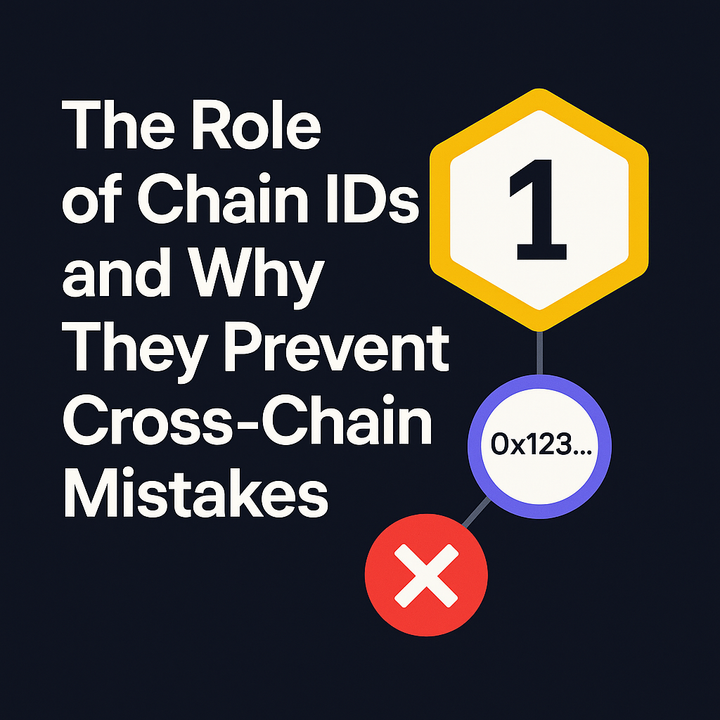The Next Evolution of DeFi Liquidity

Fragmentation has plagued the crypto ecosystem for years. Hundreds of chains. Thousands of protocols. Liquidity trapped in silos, fractured, inefficient.
Mitosis offers a systemic fix: building liquidity infrastructure at the modular base layer.
But it’s more than just another bridge or vault protocol. Mitosis positions itself as the Liquidity Operating System for modular chains — abstracting complexity and making liquidity programmable, mobile, and ecosystem-owned.
Fragmented Capital: The Root Problem
Legacy DeFi liquidity architecture is inefficient by design:
- Assets locked per chain
- Redundant capital requirements
- Manual bridging prone to risk
- Incentives driving mercenary liquidity
As modular blockchain architectures scale, this fragmentation becomes unacceptable. Liquidity must flow seamlessly — across L1s, rollups, and app-specific chains.
Mitosis: The Liquidity OS Stack
Mitosis addresses fragmentation through a layered liquidity stack:
1. Cross-Chain Vault System
Unified vaults aggregate liquidity, making capital available across integrated ecosystems — Solana, Ethereum, Avalanche, Cosmos, and more.
2. miAssets
Standardized token representations (miETH, miUSDC, etc.) enable assets to move programmatically, while remaining composable across DeFi protocols.
3. Ecosystem Owned Liquidity (EOL)
Protocol-owned liquidity reduces reliance on yield mercenaries. Capital becomes a shared, productive resource for the entire ecosystem.
Mitosis Liquidity OS Architecture

Why This Matters
Mitosis isn't a patchwork solution. It's a chain-level redesign of liquidity flow:
- Capital efficiency maximized across chains
- Cross-chain DeFi becomes seamless
- TVL is no longer fragmented
- Protocols align incentives through EOL
For modular chains — the future of scalable Web3 — Mitosis provides native, unified liquidity as an operating system layer.



Comments ()